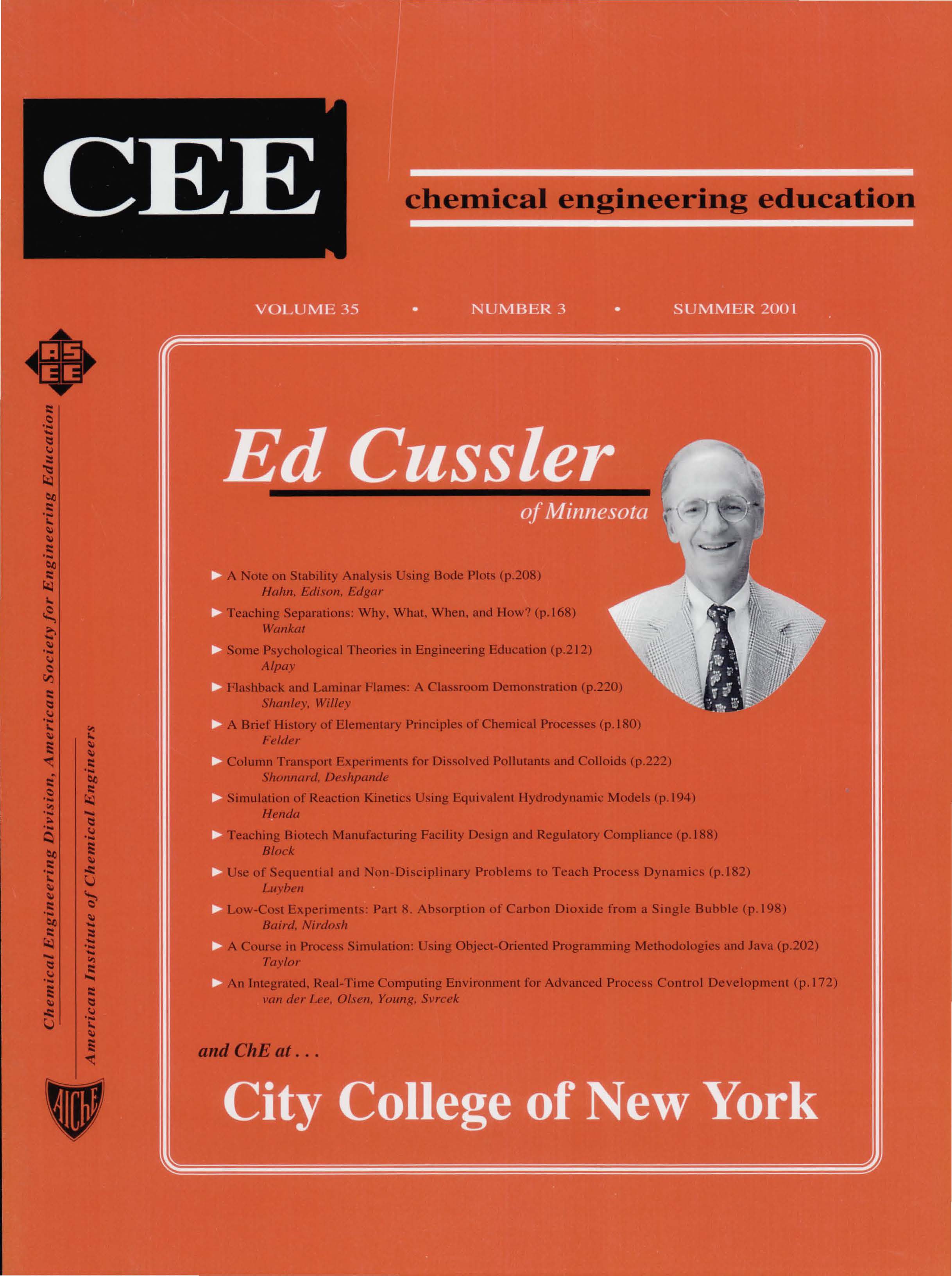Use of Sequential and Non-Disciplinary Problems to Teach Process Dynamics
Resumo
This paper illustrates two useful pedagogical techniques for motivating and teaching students that can be easily applied to teaching process dynamics. The two basic ideas are: 1) use situations that are not chemical engineering, and 2) use different versions of the same problem sequentially throughout the duration of the course. The first helps motivate students because they can see that the basic principles of developing dynamic mathematical models have wide applications in many aspects of life. The second provides the "creative redundancy" that is needed to really understand a project. One example of this approach is presented. There are four similar problems that have slightly different mathematical models and/or boundary conditions: the 1805 Battle of Trafalgar (Version 1), the Battle of Trafalgar (Version 2), the Battle of the North Atlantic (1940), and the 2200 battle between the Federation fleet of starships (led by Captain Kirk) and the evil Klingon fleet.


